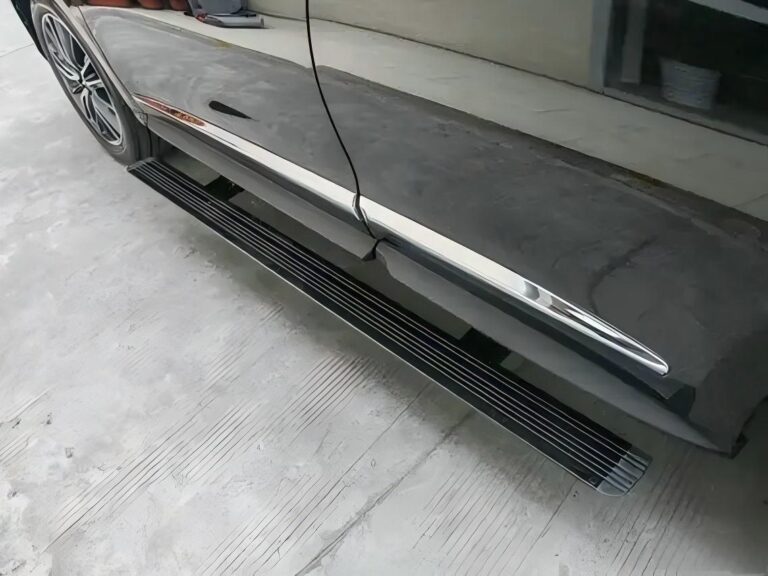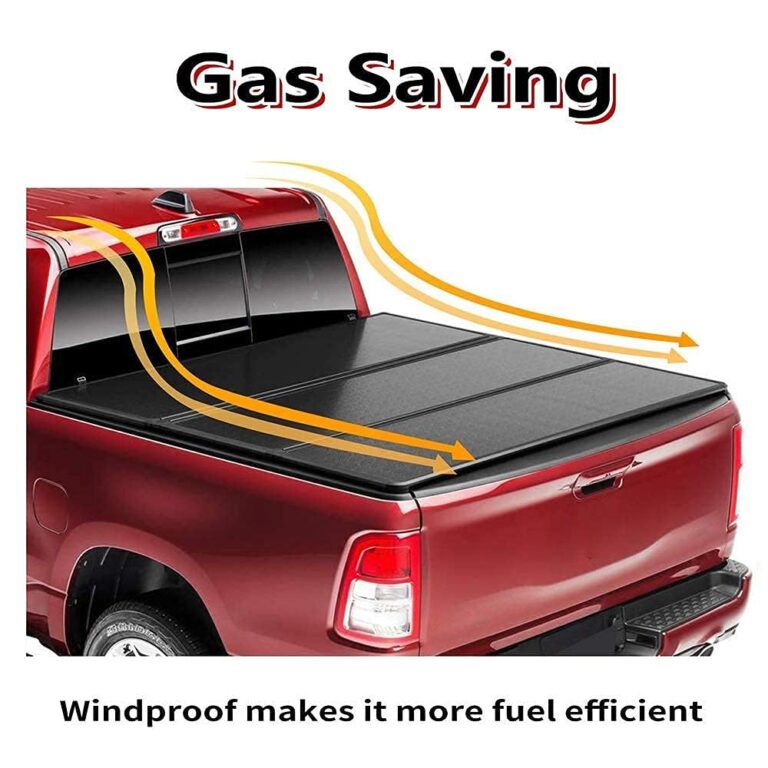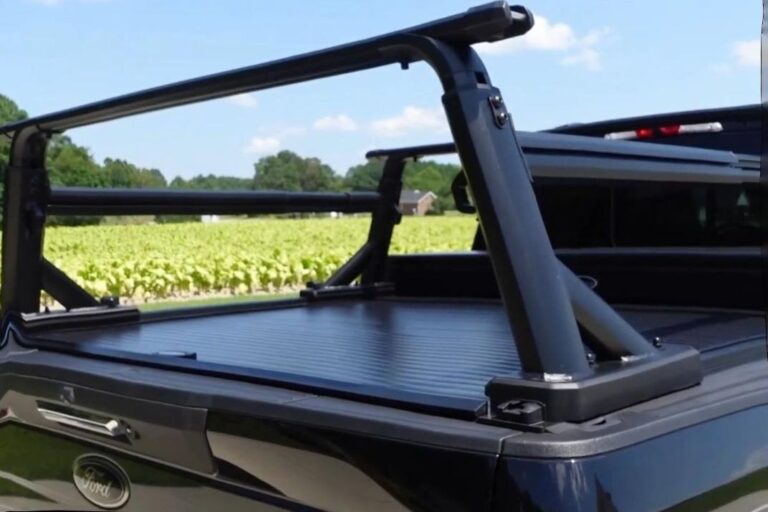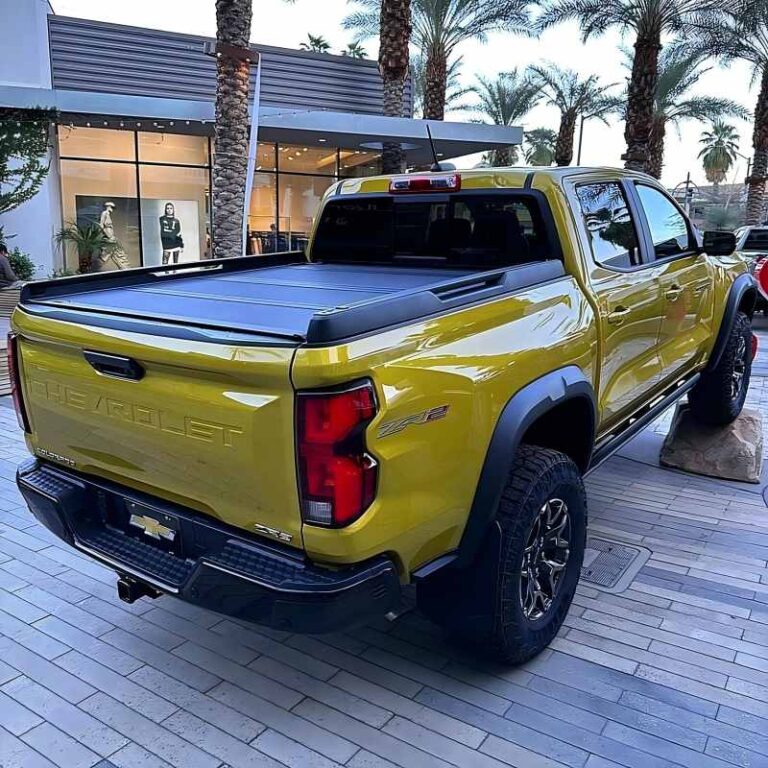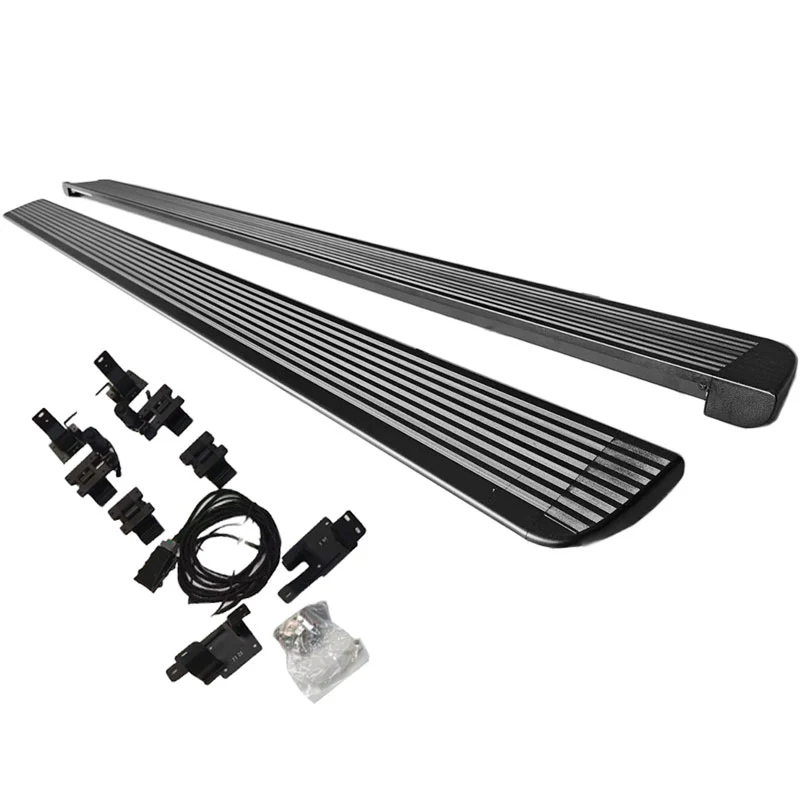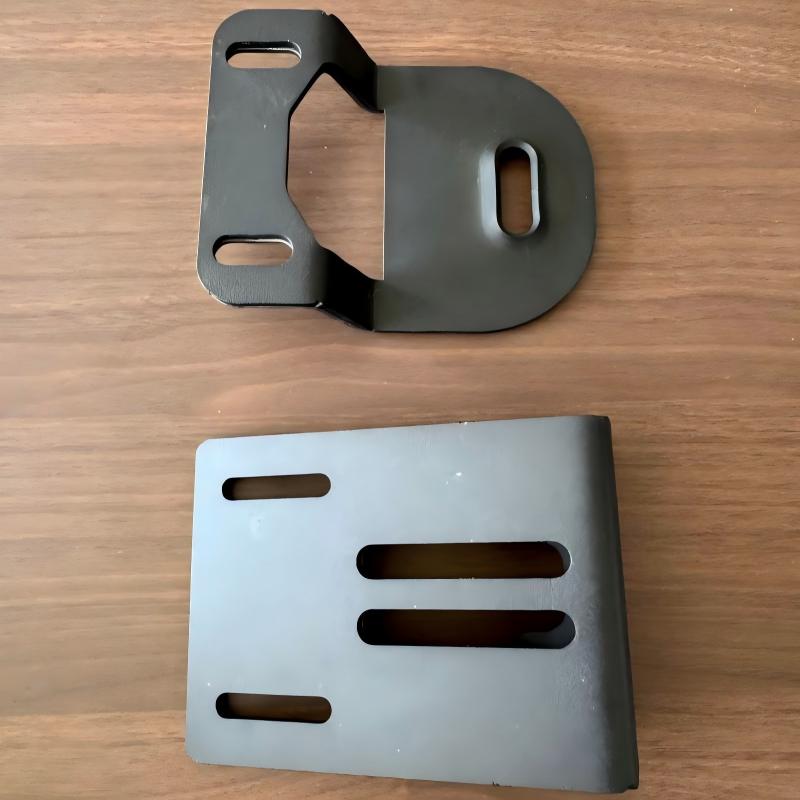-
GaoxinQu, Xingtan, Shunde, Guangdong
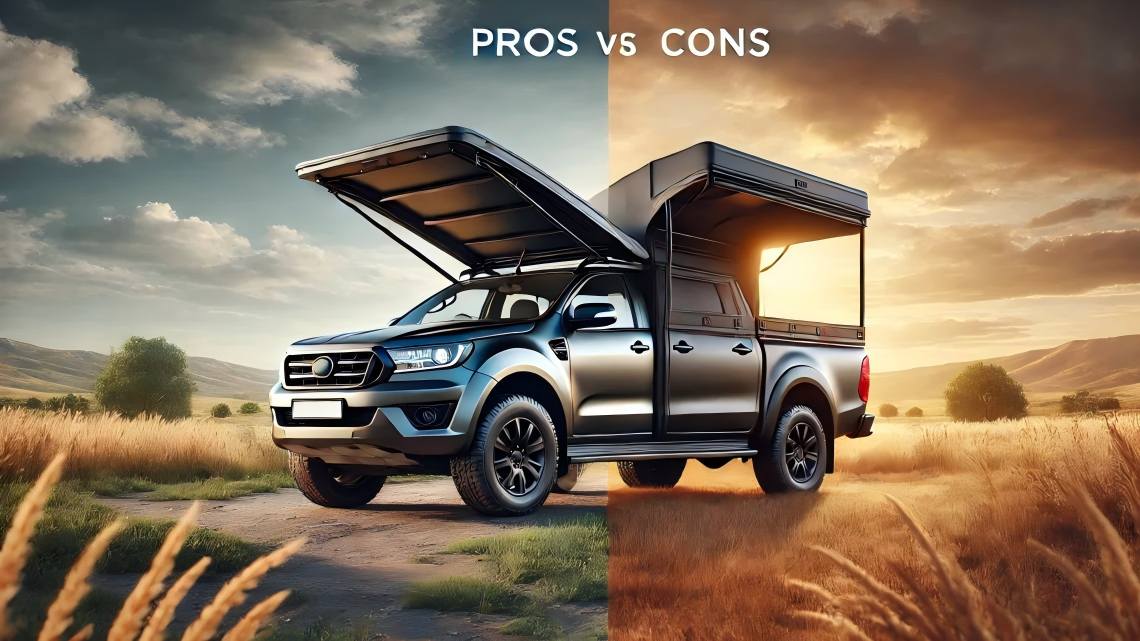
Bed Cover vs. Truck Tonneau Cover Ultimate Showdown
Table of Contents
Summary
In the truck accessories market, bed covers and truck tonneau covers are the two most common cabin protection solutions, but most car owners are not clear about their essential differences. According to the 2023 survey data of the American Truck Accessories Association, 67% of truck owners are confused when purchasing cabin protection products. This article will be based on a professional comparison of 10 key dimensions, combined with real user data and product test results, to help you fully understand the differences between the two products. From protective performance to long-term use costs, from installation convenience to safety levels, we will use data to speak and present you with the most objective purchase guide.
Part I: Basic cognitive differences
1. Comparison of materials and structural design
Truck covers have more advantages in material selection and structural design
- Laboratory test data show that the impact strength of aluminum alloy materials used in high-quality truck covers reaches 350MPa, which is 15 times that of ordinary bedspread canvas materials
- Mitsubishi Chemical Research Institute reports that the composite glass fiber materials used in modern truck covers are stable in an environment of -40℃ to 80℃, while ordinary polyethylene bedspreads will begin to deform above 60℃
- In terms of structural design, truck covers use a frame-type support structure with an average load-bearing capacity of 200kg, while the maximum load-bearing capacity of bedspreads is usually no more than 50kg
2. Applicable scenario analysis
Different usage scenarios determine product selection
- Urban short-distance transportation: 78% of respondents said that bedspreads fully meet their needs
- Long-distance freight drivers: 92% choose truck covers, mainly considering all-weather protection needs
- Outdoor sports enthusiasts: 65% prefer foldable rear covers, which are convenient for loading large equipment
Part II: In-depth performance evaluation
3. Actual data on protective performance
Truck rear covers outperform in extreme environments
- Waterproof test: In a simulated rainstorm environment (100mm/h), the internal dryness of the truck rear cover remains 98%, while the bed cover is only 72%
- Dustproof experiment: In the sand and dust test chamber, the dustproof efficiency of the truck rear cover reaches 99.5%, while the bed cover is only 85%
- Wind resistance test: Under a wind speed of 80km/h, the truck rear cover remains intact, and the bed cover has a 63% probability of being overturned
4. Safety performance comparison
Truck rear covers provide real anti-theft protection
- Safety tests show that high-quality hard rear covers can withstand a prying force of 1500N, while the bed cover can be cut open with an ordinary knife within 3 seconds
- Insurance data shows: The theft rate of cargo on vehicles equipped with truck tailgates is reduced by 87%
- Lock system: Advanced tailgates are equipped with a three-point locking system, and the anti-theft level reaches the UL certification level 2 standard
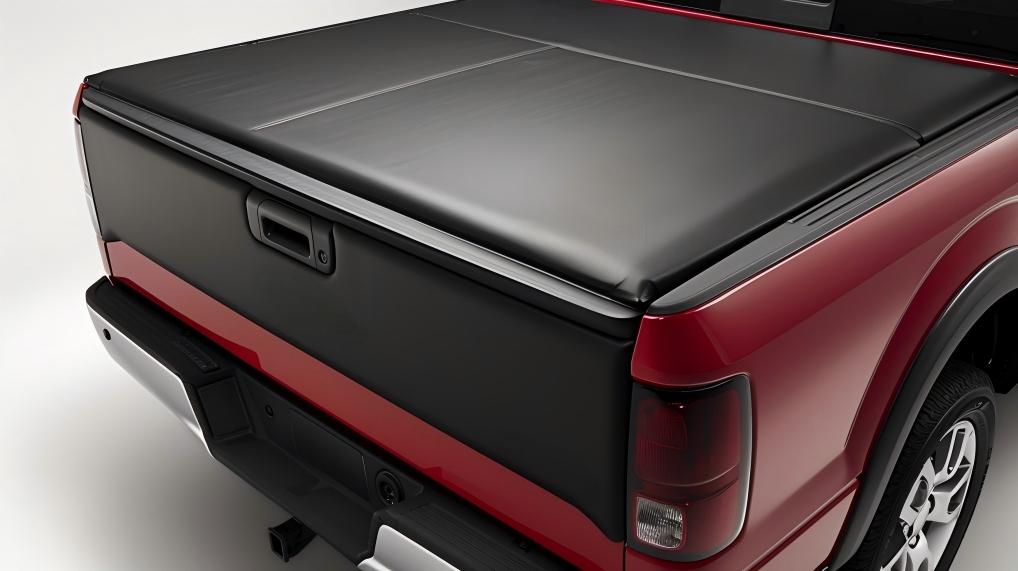
Part III: User experience comparison
5. Installation and maintenance cost analysis
Truck tailgates have more advantages in long-term use costs:
| Project | Bed Cover | Truck Tailgate |
|---|---|---|
| Average service life | 1.5 years | 7 years |
| Annual maintenance cost | $120 | $50 |
| Total cost in 5 years | $1500 | $2500 |
| Residual value rate | 0% | 40% |
6. Convenience evaluation
The new truck tailgate has achieved a breakthrough in convenience
- The electric roller shutter tailgate only takes 8 seconds to open
- Smart sensing system can realize gesture control opening
- Folding design improves cargo storage and retrieval efficiency by 40%
Part 4: Value-added function comparison
7. Additional function innovation
Modern truck rear covers have surpassed basic protection functions
- Integrated LED lighting system
- Solar charging function
- Smart anti-theft alarm system
- Aerodynamic design reduces wind noise by 5-8 decibels
8. Personalized customization service
Truck rear covers provide more personalized options
- Color customization: 200+ RAL colors are available
- Material combination: Carbon fiber/aluminum alloy/glass fiber mix and match
- Functional module: Optional roof rack interface
Part 5: Professional purchase suggestions
9. Choose by frequency of use
Frequency of use is the core consideration
- Use ≤2 times a week: bed cover is enough
- Use 3-5 times a week: soft back cover
- Use daily: hard back cover
10. Choose by cargo value
Cargo value determines safety investment
- Cargo value <$1000: bed cover
- $1000-$5000: soft back cover
- $5000: hard back cover + anti-theft system
FAQS
1.What’s the main difference between bed covers and tonneau covers?
Tonneau covers offer superior protection, durability and security compared to basic bed covers.
2.Are tonneau covers worth the higher price?
Yes, their longer lifespan (7+ years vs 1.5) and lower maintenance make them more cost-effective long-term.
3.Which provides better weather protection?
Tonneau covers maintain 98% dryness in storms vs 72% for bed covers in tests.
4.How much weight can each type support?
Tonneau covers hold 200kg+ vs bed covers’ 50kg limit.
5.Which is more secure against theft?
Hard tonneau covers resist 1500N of force and reduce theft risk by 87%.
Professional evaluation summary
After in-depth analysis of 10 key dimensions, combined with laboratory test data and real user feedback, we can draw a clear conclusion: Although bed covers have advantages in price and temporary use, truck back covers are fully ahead in overall performance, safety and long-term value. Especially for professional users and high-value cargo transportation, investing in a high-quality truck back cover is the wisest choice.
Purchase decision tree
- Evaluate the frequency of use
- Determine the value of the goods
- Consider the safety of the parking environment
- Budget planning
- Choose an appropriate model
Industry trend forecast
With the development of material technology, the rear hood of trucks will show the following trends in the next 3-5 years:
- Lighter composite material applications
- Continuous improvement in intelligence
- Deep integration with the Internet of Vehicles system
- Modular design becomes mainstream
I hope this professional guide based on data and facts can help you make the best choice! If you need more detailed model recommendations, please consult our professional consulting team.

